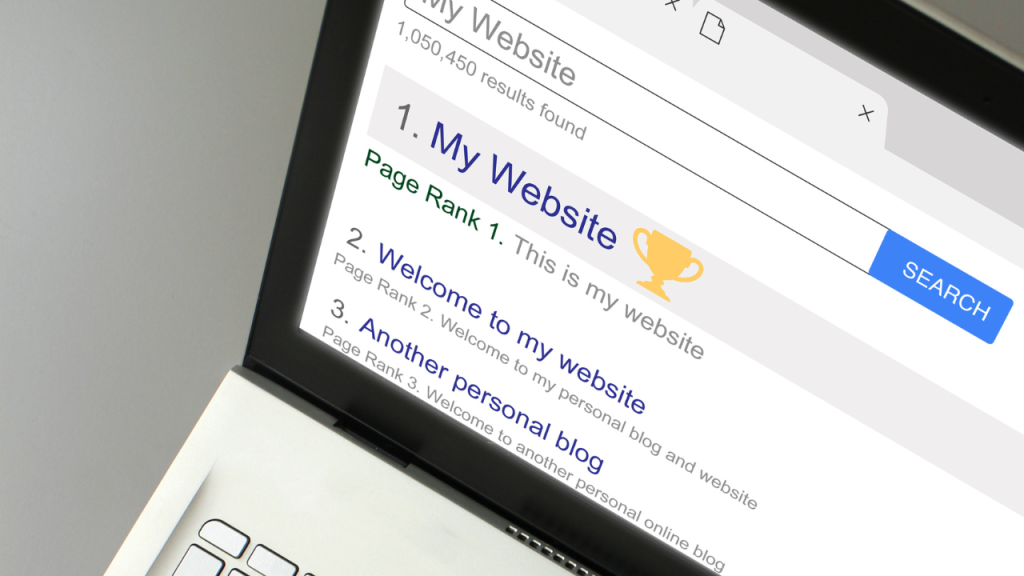In the digital age, your online presence is often the first impression people get of you. Whether you’re a business owner, a job seeker, or simply someone who values personal privacy, what appears in search results under your name can significantly impact your reputation. Unfortunately, negative content — whether it’s outdated, misleading, or downright false — can surface and do real damage. The good news? You’re not powerless. With the right approach and help from experts like Dignified Online, you can work to remove or suppress negative search results and restore your online image.
Understanding the Problem: Why Negative Content Shows Up
Search engines like Google prioritize content that is highly relevant, popular, and linked to by other credible sources. This means that a single negative article or review — especially from a high-authority website — can stick around on the first page of search results for a long time. Worse, negative content tends to attract more attention, clicks, and comments, giving it even more staying power in the rankings.
The key to dealing with damaging search results is knowing your options. Removal isn’t always straightforward, but with persistence and a strategic plan, you can take control of your digital narrative.
Step 1: Identify and Audit All Negative Content
The first step is conducting a full audit of your search results. Google your name (and any relevant variations) and take note of any content that reflects poorly on you. This could include:
- News articles or blog posts with negative mentions
- Old court records or mugshots
- Unfavorable reviews
- Defamatory social media posts
- Outdated personal information
This audit will help you prioritize which links to target and decide whether removal, suppression, or de-indexing is the best approach.
Step 2: Request Removal Where Applicable
Some content may be eligible for removal from the web entirely. Here’s how:
- Contact the Site Owner: If a post is defamatory, inaccurate, or violates privacy rights, you can contact the website administrator to request removal. Be polite and professional, and include your reasons for the request.
- Google Removal Tools: Google allows you to request removal of certain types of content, such as outdated pages, personal data under privacy laws (like the EU’s GDPR or California’s CCPA), or non-consensual explicit imagery.
- Legal Action: In cases of libel, harassment, or doxxing, a legal approach might be warranted. A cease-and-desist letter or court order can compel a site to take down harmful content.
For those who are unfamiliar with these processes or who don’t have the time or resources to manage them, Dignified Online specializes in handling content removal requests with discretion and efficiency. Their experienced team knows how to navigate both legal and technical channels to give your case the best chance of success.
Step 3: Suppress the Content You Can’t Remove
Not all content can be taken down — especially if it’s factual and legally protected. In these cases, suppression is the next best tactic. This means pushing the negative links off the first page of search results, where they’re far less likely to be seen.
How do you do that?
- Create Positive Content: Launch a blog, write guest posts, publish press releases, or create profiles on authoritative sites. This content should be optimized for SEO to outrank the negative links.
- Boost Your Social Media Presence: Platforms like LinkedIn, Twitter, and Instagram often rank highly in search results. By keeping these profiles active and engaging, you can dominate the first few slots of your Google results.
- Use SEO Best Practices: Keyword optimization, backlink building, and proper meta descriptions all contribute to higher rankings for positive content.
Dignified Online offers robust content creation and SEO services as part of their reputation management packages. Their experts use advanced digital strategies to build a protective wall around your name, pushing harmful links further down the page — and often off of it entirely.
Step 4: Monitor and Maintain Your Online Reputation
Personal online reputation management isn’t a one-time task — it’s an ongoing process. Use tools like Google Alerts to monitor mentions of your name, and keep publishing fresh, high-quality content to maintain a strong digital footprint.
Dignified Online provides long-term monitoring and reputation maintenance plans to ensure that once your online image is cleaned up, it stays that way. Their hands-on approach means you won’t be caught off guard by future reputation threats.
Final Thoughts
Dealing with negative content in search results can be overwhelming, but you don’t have to face it alone. With the right strategy and the help of trusted professionals like Dignified Online, you can take back control of your personal brand and protect your digital reputation for years to come.
Your name is your most valuable asset. Don’t let a few bad links define who you are — take action today.

